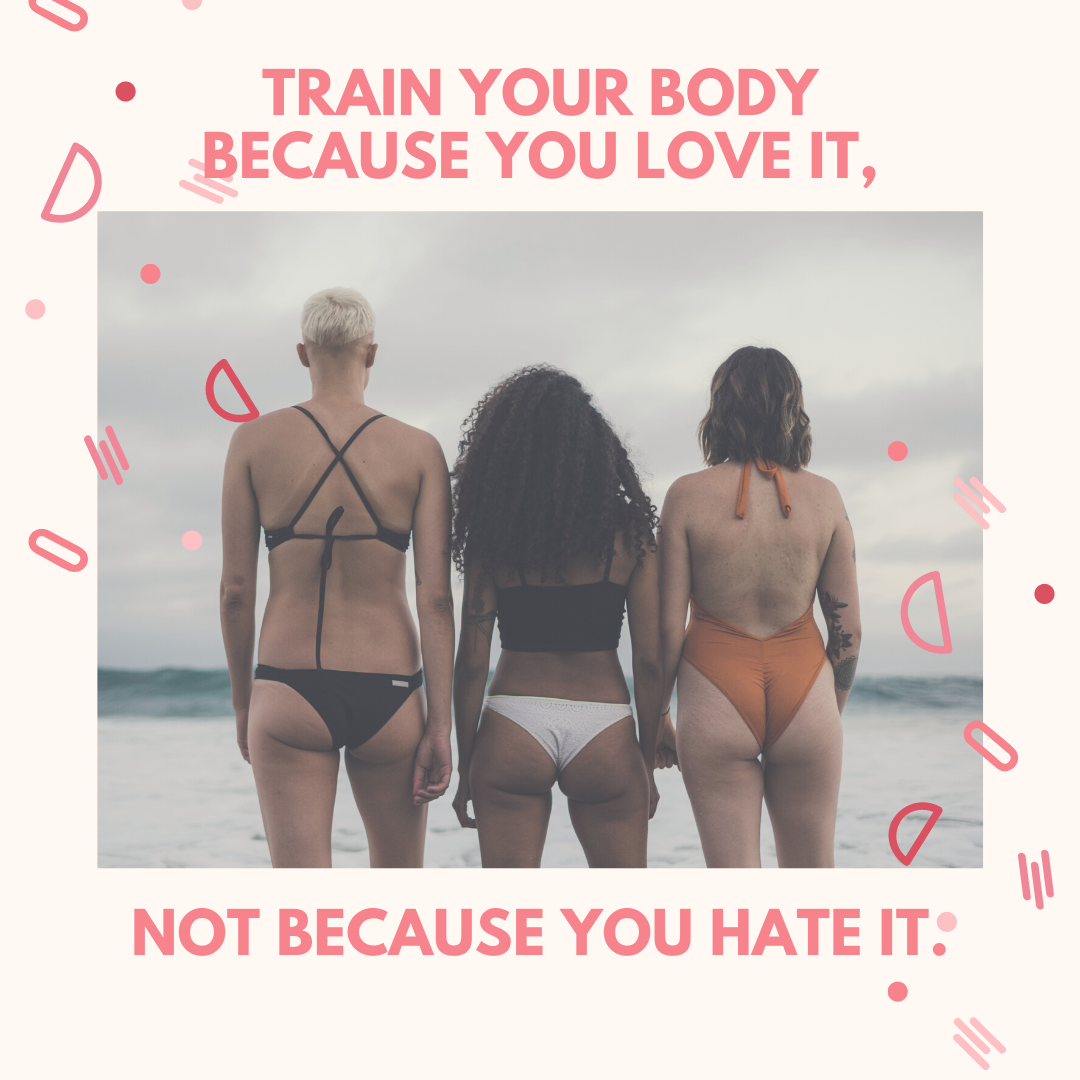
The Benefits of Training in Your 40s
Our bodies change as we age; we become more aware of these shifts and may start taking care of ourselves more intentionally.
We all have heard that nailing our physical aspect of our health is key to age gracefully, but that’s not enough. Also, we need to take care of our mental, emotional, relational, existential, and environmental aspects to thrive as a human being.
Hydration, sleep, exercise, and diet are major pillars upon which we build up our physical health. Let’s go one step further down and focus on exercise for today.
In the decade when our metabolism prepares for menopause, committing to regular exercise at moderate intensity 2-4 times per week for 30-60 minutes per session may be of great help to stimulate adequate hormone production, as well as with menopausal symptoms like cramps associated with changing menstrual cycles and inflammation.
Women who have lower fitness levels going into unsupervised exercise sessions may be less likely to see a benefit. Ask for a personalized program to get the most out of your efforts in the gym. Your coach will consider the multi-dimensional thriving of a whole person in their whole life. and will focus not only on improving body fat percentage and blood work, but also on factors like how people think, feel, live, and connect to others.
Still, regular exercise is your best shot at having a healthy, strong, functional body composition. This means lots of protective lean mass (like strong muscles and bones) and less body fat. It also means a lower risk of disease, including breast cancer.
Here are some guidelines that to consider for exercising during menopause, given by Krista Scott-Dixon, Ph.D., Helen Kollias, Ph.D., Jennifer Broxterman, M.S., RD, and Pamela Ruhland:
- If you still love intense workouts, recognize that you’ll need more recovery. And have a good physiotherapist on speed dial.
- Whether it’s a full yoga routine or simply a 5-minute mobility warmup, make sure to include regular joint mobility/injury-prevention type movements to keep joints lubricated and flexible.
- Do some weight-bearing movements/resistance training at least 2-3 times a week. This tells your bones, muscles, and connective tissues that you need them to stay dense and strong.
- Start where you are. If you’re just picking up an exercise habit for the first time in midlife, start gently. In women who are sedentary, yoga may be a good activity to start with and has been shown to improve the quality of life in menopausal women.
- Consider making it social. Many of us are more likely to stick with things if we have accountability, support, and community. Join a class or group, or find a workout buddy. Or get a dog. Their toilet is outside, so they’re always motivated for a walk.
- Keep cool. Your body is having a tough time regulating your temperature, so exercise in a cool place and drink cool fluids.
- Consult with a physiotherapist who specializes in pelvic rehab if you’re noticing you’re peeing during squats, jump rope, or other movements, or if you’re having pelvic pain under load.
- When talking to your trainer/coach, make sure she understands how to train your body at midlife. She’ll be able to balance challenges with respect to any limitations you have.
- Have fun! Pick an activity or exercise you really enjoy. It will help you stay focused and fully committed to continuing your health journey.
Contact me for a personalized approach. I’d be happy to help you with your exercise program to achieve specific goals.



